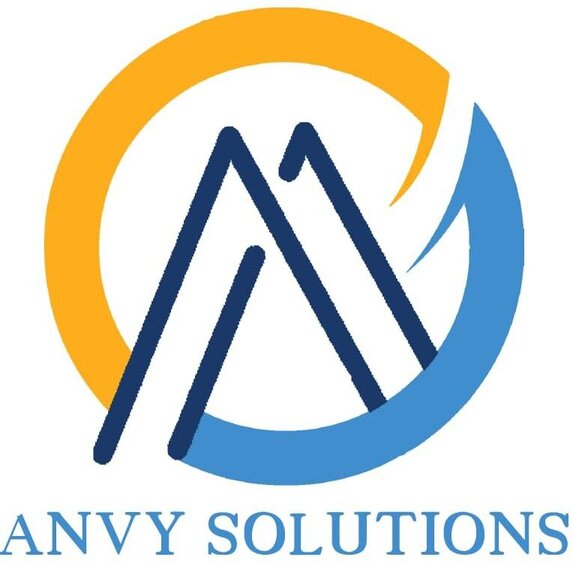
Human Resources (HR) departments are not just administrative hubs but strategic partners in driving organizational success. With the advent of big data and analytics, HR is undergoing a revolutionary transformation, leveraging data-driven insights to reshape talent management, employee engagement, and overall organizational effectiveness.
Anvy Solutions, we’ll explore how HR is embracing data analytics to revolutionize its insights and strategies, ultimately leading to enhanced performance and competitive advantage.
Data-driven Recruitment and Talent Acquisition
Traditional recruitment processes often rely on subjective judgments and gut feelings. However, by harnessing the power of data analytics, HR can make informed decisions throughout the recruitment lifecycle. This includes:
Predictive Analytics: Utilizing historical data to forecast future talent needs and identify the most effective recruitment channels.
Candidate Screening: Implementing algorithms to analyze resumes and assess candidate fit based on skillsets, experience, and cultural alignment.
Diversity and Inclusion: Leveraging data to track and improve diversity metrics, ensuring a more inclusive hiring process.
Enhancing Employee Engagement and Retention
Employee engagement is crucial for productivity, morale, and retention. HR analytics provides valuable insights into employee sentiments, drivers of engagement, and factors influencing turnover. Key strategies include:
Sentiment Analysis: Analyzing employee feedback from surveys, performance reviews, and social platforms to identify trends and areas for improvement.
Predictive Modeling: Anticipating attrition risks by identifying patterns and warning signs, allowing proactive intervention to retain top talent.
Personalized Development: Utilizing data to tailor learning and development initiatives to individual employee needs and career aspirations.
Performance Management and Decision Making
Effective performance management requires objective assessment criteria and real-time feedback mechanisms. Data analytics enables HR to:
Establish Performance Metrics: Defining KPIs aligned with organizational goals and using data to track performance against benchmarks.
Continuous Feedback: Implementing systems for real-time feedback and performance monitoring, facilitating agile decision-making and course correction.
Identifying High Performers: Identifying top performers through data analysis and rewarding excellence will drive motivation and retention.
Cultivating a Culture of Innovation and Agility
Innovation thrives in environments that encourage experimentation, collaboration, and continuous learning. HR plays a pivotal role in fostering such a culture by:
Data-Driven Insights: Leveraging analytics to identify emerging trends, market disruptions, and opportunities for innovation.
Agile Workforce Planning: Adapting talent strategies in response to changing business dynamics, ensuring alignment between skills and organizational needs.
Learning Ecosystems: Creating platforms for knowledge sharing, upskilling, and cross-functional collaboration to nurture a culture of continuous improvement.
The integration of data analytics into HR practices marks a paradigm shift in how organizations manage their most valuable asset, their people. By leveraging data-driven insights, HR can optimize recruitment processes, enhance employee engagement, and drive performance and innovation across the organization. As we navigate the complexities of the modern business landscape, the revolutionization of HR insights and strategies will be essential for staying competitive and resilient in the face of change.
